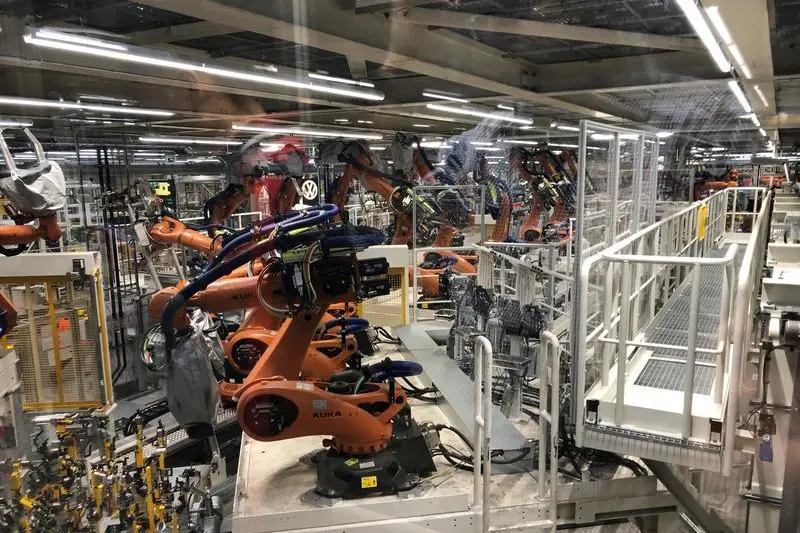PHOTO
Approximately half of all jobs will be materially impacted by automation in the next 15-20 years, said professional services firm Accenture in a new report.
Meanwhile, 79 per cent of executives agree that work is shifting from roles to projects—challenging both the function and makeup of the workforce as we know it, said Tanushree Guha, managing director of Applied Intelligence and global lead for the Workforce Analytics practice at Accenture in the report titled “OCED Employment Outlook 2019: The Future of Work”.
As more and more employees look for different opportunities, many are not choosing permanent jobs. In 2018 alone, 56.7 million Americans freelanced, and it is predicted that by 2027, the majority of America’s workers will be freelance. Those choosing part-time work or even working for multiple employers at one time will need to be factored into evolving workforce models, says Guha.
“Advances in digital and automation have allowed organizations to gain efficiency and increase productivity. But adopting these technologies means that organizations must plan for their workforce—especially those at risk of being made redundant,” the report said.
As many as 40 percent of companies are already reporting that talent shortages are impacting their ability to adapt and innovate and this highlights the need for organizations to upskill, reskill and cross-skill existing workers, it added.
A new approach to workforce management
Strategic workforce planning (SWFP) helps organizations strike the right balance between external contractors and internal workforce, as well as the right blend of human and machine effort to drive the business forward.
By providing a holistic perspective of the current workforce, and existing as well as future gaps, workforce planning can help organizations assess forthcoming risks and identify quick wins to yield potential savings. This enables organizations to strategize their recruitment and reskilling plans well in advance, as well as ascertain the most advantageous size and workforce mix of the organization both in the short and long term, the article said.
For example, using HR transformation analytics, organizations are turning recruitment from what was traditionally often a process based on "gut-feel," to one informed and backed by advanced data insights. This transformation enables businesses to find the right people at the right time with the most relevant skills from a larger pool of applicants, whilst saving on time and money.
According to Guha, SWFP helps companies to be in a future-ready state, by enabling them to:
• Have a good hold of the current workforce scenario
• Be well informed of possible future workforce gaps, facilitating them to strategize gap fulfilment and avoid the probable revenue losses due to those gaps
• Devise a comprehensive action plan on efficiently utilizing the various workforce types to drive maximum productivity
• Be well aware of the overtime changes in workforce dynamics and reasons for those changes
• Design and implement optimal reskilling strategies in line with the changing requirements, at the same time as providing optimal career pathways to their workforce – TradeArabia News Service
Copyright 2020 Al Hilal Publishing and Marketing Group Provided by SyndiGate Media Inc. (Syndigate.info).












